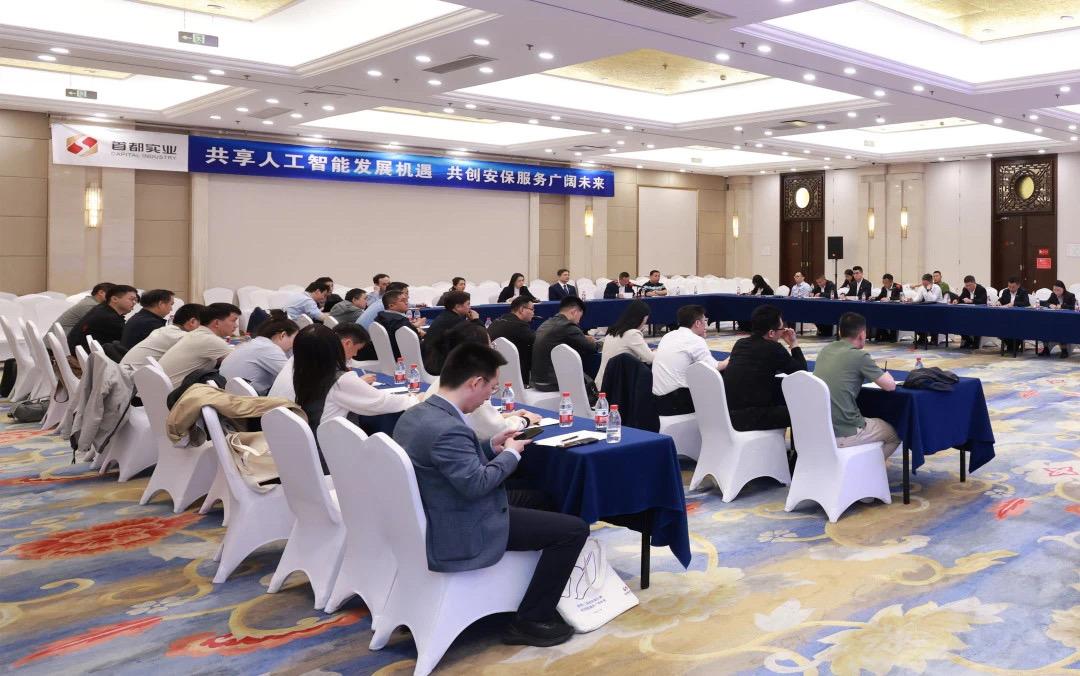Low-altitude Economy Takes Off
Drones?are?working?in?the?field.?(PHOTO:?XINHUA)
By WANG Xiaoxia
The low-altitude economy is being touted globally as an important strategic emerging industry with vast potential. China’s annual Central Economic Work Conference held last December and the 2024 Government Work Report both identified the low-altitude economy as one of China’s strategic emerging sectors.
In recent years, China’s central government has continuously improved the relevant policies, and local governments have also carried out pilot projects in this sector. The technology and supporting industrial chains have become increasingly mature, laying a solid foundation for the explosive growth of the low-altitude economy going forward. Also, the diverse application scenarios of a low-altitude economy will drive the development of related industries and facilitate new quality productive forces.
Supportive policies trigger potential
The low-altitude economy is a comprehensive economic form that refers to a wide range of industries center around manned and unmanned vehicles, usually operating below an altitude of 1,000 meters. This includes electric Vertical Take-off and Landing (eVTOL), Unmanned Aerial Vehicle (UAV), helicopter and traditional fixed wing aircraft. Allied economic activities include low-altitude flight, air tourism, passenger transportation, general aviation services, scientific research and education.
Low-altitude airspace has more diverse application prospects than ground traffic, and has huge development potential. By the end of 2023, the size of China's low-altitude economy was estimated to be in excess of 500 billion RMB (about 70 billion USD), with its scale expected to rise to two trillion RMB by 2030, according to the Civil Aviation Administration of China (CAAC).
To seize the opportunity, in recent years, the CAAC has promoted the construction of a low-altitude flight service system, simplified the application and approval procedure of low-altitude flights, and improved the operating environment. It has also supported the establishment of 20 UAV pilot zones and helped enterprises to carry out drone logistic pilots in Jiangxi, Guangdong, Shaanxi, Sichuan and other provinces.
Mature technology and industrial chain
China has made rapid progress in low-altitude economy related technologies. In recent years, the patent applications and authorizations in China's UAV industry have shown a significant increase, with patent applications accounting for nearly 80 percent of the global total.
Small aviation engines, high-energy density batteries, digital image transmission and other technologies related to low-altitude aircraft have all been domestically produced and reached international standards.
The domestic low-altitude economic industrial chain is also constantly improving. A group of global leading enterprises have emerged from upstream suppliers of raw materials and core components such as batteries and motors, midstream manufacturers of drone and aircraft, as well as downstream applications.
Meanwhile, the mature domestic new energy vehicle (NEV) and lithium battery industrial chains supports NEV manufacturers such as XPeng and GAC Aion in their entry into the field of eVTOL. The domestically produced autopilot aircraft EH216-S received an airworthy certificate from the CAAC and has completed its commercial maiden flight, carrying human passengers.
New driver for other industries
The low-altitude economy has a locomotive effect and its wide application scenarios will help drive the common development of downstream industries.?
The development of low-altitude technology can solve the main difficulties in logistics distribution, emergency rescue, surveying and mapping, agricultural production, safety monitoring, urban management, cultural tourism, film and television shooting and other application scenarios, breaking through the constraints that restrict the development of related industries, significantly improving production efficiency, and creating more jobs.
New driving forces have been formed for manufacturing and exports. In 2023, the volume of China's civil drone industry exceeded 120 billion RMB, ranking first in the world, and is expected to exceed 200 billion RMB by 2025.?
Currently, China has become the world's largest exporter of UAVs, especially in the consumer drone field, occupying 74 percent of the global market share, and industrial drones also occupied over 55 percent of the global market share.







